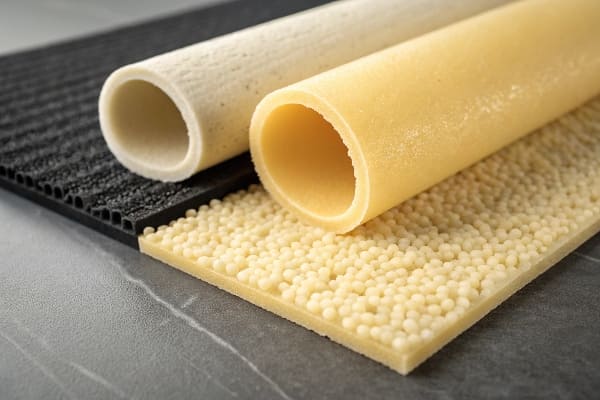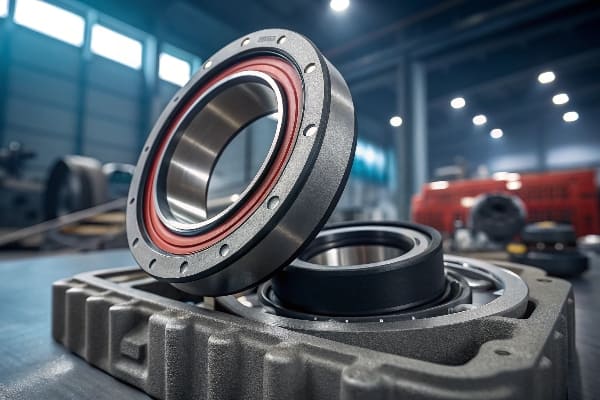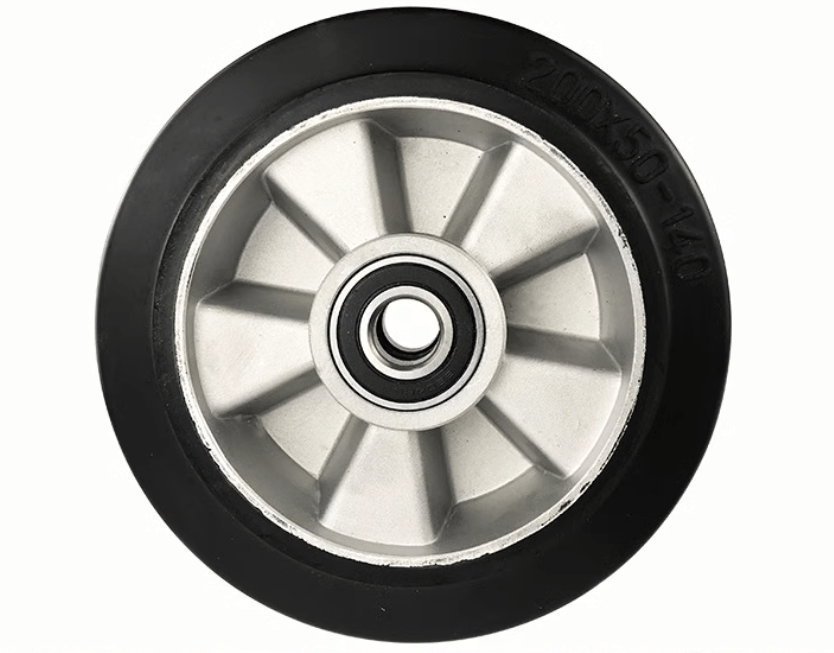Wondering if Thermoplastic Rubber (TPR) is stronger than natural rubber? TPR is a versatile material used in various applications, but how does it compare to the strength and durability of natural rubber?
TPR is not necessarily stronger than natural rubber in every aspect, but it offers certain advantages, such as better processability and the ability to be molded easily. Natural rubber, on the other hand, typically provides superior elasticity and tensile strength.

Let’s explore the differences between TPR and natural rubber in terms of strength, performance, and applications to understand where each material excels.
What Is TPR (Thermoplastic Rubber)?
TPR is a material that combines the properties of rubber and thermoplastics.
TPR is a type of elastomer that behaves like rubber but can be processed like plastic. This makes TPR easier to mold, extrude, and recycle compared to traditional rubber materials. TPR is often used in consumer goods, medical devices, and automotive applications, offering flexibility and strength.
Properties of TPR ✅
| Property | TPR (Thermoplastic Rubber) ✅ | Natural Rubber ✅ |
|---|---|---|
| Elasticity | Good | Excellent |
| Strength | Moderate | High |
| Durability | Moderate to high | High |
| Processability | Excellent (easy to mold) | Limited (requires curing) |
| Temperature Resistance | Moderate to high | Moderate |
TPR offers flexibility and processability, but it does not necessarily surpass natural rubber’s strength in every application.
What Is Natural Rubber?
Natural rubber is a polymer derived from the sap of rubber trees (Hevea brasiliensis).
Natural rubber is known for its excellent elasticity, resilience, and tensile strength. It is used in a wide range of applications, such as tires, industrial seals, and medical products. Its natural properties make it ideal for applications requiring superior flexibility and durability.
Properties of Natural Rubber
| Property | Natural Rubber ✅ | TPR (Thermoplastic Rubber) ✅ |
|---|---|---|
| Elasticity | Excellent | Good |
| Strength | High | Moderate |
| Durability | High | Moderate to high |
| Processability | Limited (requires curing) | Excellent (easy to mold) |
| Temperature Resistance | Moderate | Moderate to high |
Natural rubber excels in applications requiring high strength, elasticity, and durability, but it has limitations in processability compared to TPR.
Is TPR Stronger Than Natural Rubber?
When it comes to raw strength, natural rubber tends to outperform TPR.
Natural rubber typically has higher tensile strength and elasticity, which makes it more suitable for high-stress applications such as tire manufacturing and heavy-duty seals. However, TPR can still provide sufficient strength for many applications while being easier to process and mold.
Strength Comparison ✅
| Material | Tensile Strength | Best Use |
|---|---|---|
| Natural Rubber | High | Tires, heavy-duty seals |
| TPR | Moderate | Consumer goods, medical devices |
Natural rubber is stronger in terms of tensile strength, but TPR offers an easier manufacturing process with good strength for less demanding applications.
What Are the Advantages of TPR Over Natural Rubber?
While TPR may not be stronger in terms of tensile strength, it has several advantages over natural rubber in terms of processing and versatility.
TPR is easier to mold, recycle, and thermally process compared to natural rubber. It is also available in a range of hardness levels, making it more flexible for different applications. TPR is often used in applications where ease of production and flexibility are prioritized over raw strength.
Benefits of TPR ✅
| Benefit | TPR (Thermoplastic Rubber) ✅ |
|---|---|
| Processability | Excellent (easy to mold) |
| Recyclability | Good |
| Flexibility | Moderate to high |
| Durability | Moderate to high |
TPR’s processability and recyclability make it a popular choice in industries where manufacturing efficiency is critical.
Where Is TPR Used?
TPR is commonly used in products where flexibility, ease of molding, and moderate strength are essential.
Applications of TPR include consumer products like shoe soles, medical devices, seals, and automotive components. It’s used where rubber-like properties are needed, but the ability to mold and recycle the material is also important.

Common TPR Applications ✅
| Application | Example |
|---|---|
| Automotive | Seals, gaskets, trims |
| Footwear | Shoe soles, insoles |
| Medical Devices | Flexible tubing, grips |
| Consumer Goods | Toys, household products |
TPR’s versatility makes it ideal for applications requiring rubber-like flexibility and strength, but without the limitations of natural rubber.
Where Is Natural Rubber Used?
Natural rubber’s superior strength and elasticity make it ideal for demanding applications.
Natural rubber is widely used in automotive tires, industrial belts, and gaskets. It is also used in medical devices, sports equipment, and other products where high tensile strength and resilience are required.

Common Natural Rubber Applications ✅
| Application | Example |
|---|---|
| Automotive | Tires, heavy-duty seals |
| Industrial Equipment | Conveyor belts, gaskets |
| Medical Devices | Gloves, tubing, catheters |
| Sports Equipment | Balls, protective gear |
Natural rubber’s durability and elasticity make it essential for high-performance applications that require resistance to wear and tear.
Conclusion
While TPR is not necessarily stronger than natural rubber in terms of tensile strength, it offers significant advantages in terms of processability, versatility, and recyclability. Natural rubber remains superior in high-strength applications where elasticity and durability are paramount, such as tires and industrial seals. The choice between TPR and natural rubber depends on the specific requirements of the application.
🚀 Need Custom Rubber Solutions for Your Industry?
Contact Julong Rubber today or Request a Custom Quote for high-quality rubber products tailored to your needs!






